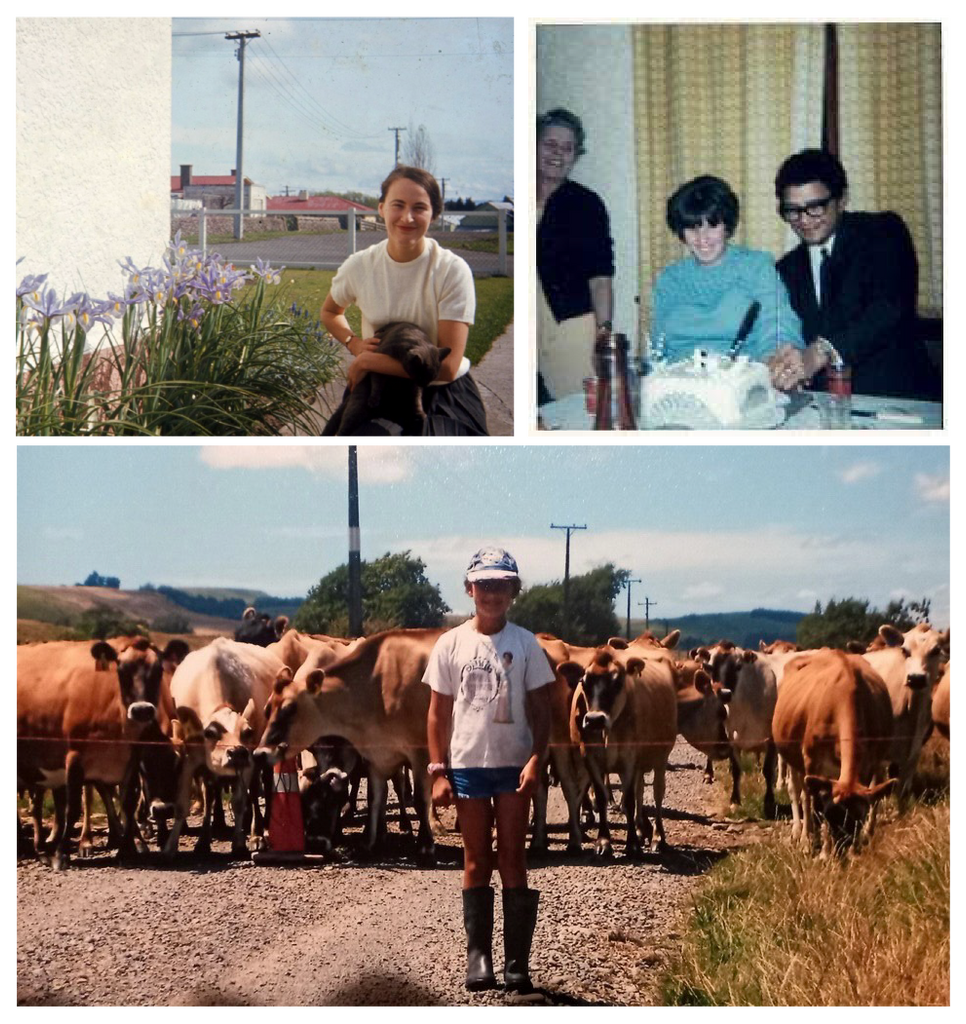Between two worlds: a Māori perspective on Western academia

In celebration of International Women’s Day on March 8, we reached out to women from the Nisa community to share their stories and what inspires them. Ella Cameron-Smith (Ngāti Ranginui, Waikato-Tainui) is a 21-year-old pursuing her Bachelor of Science (Honours) in Māori Health and Nutrition at the University of Otago. She is pictured wearing the Olivia bralette and Luisa brief in Rosé, and is photographed by Acorn Studio.
Since childhood, Ella’s brain has worked differently. Diagnosed with dyslexia and Irlens Syndrome (a perceptual processing disorder) later in life, Ella had no way to describe her perspective of the world. “My little six-year-old self, she couldn’t quite talk properly, she struggled in the classroom. She didn’t know what anxiety was, but she felt it.”
For Ella, school presented a contrast to her early childhood on her family’s dairy farm. Her dad’s side is Māori, and her Pākehā grandparents on her mother’s side learned te reo Māori from the nearby marae in the 1960s. “I spent a lot of time with my grandparents growing up in Hunterville as my parents worked, and they were so passionate about me being who I wanted to be, being authentic, and being unapologetically myself.” By contrast, she was one of the few Māori children in the rural area. When the bilingual unit was taken away at school, it was a two-fold challenge: a struggle with her conditions and a deprioritisation of her Māori identity.

Clockwise from top left: Ella’s grandmother on her mother’s side; Ella’s grandparents on her father’s side; Ella on her family farm as a child.
As she grew older, this sense lingered. University seemed like a shrine to Western thinking, encouraging clinical detachment from personal experience and identity. “I did a lot of things that weren’t me at university. I felt out of place and uncomfortable a lot of the time… It’s quite isolating, with my dyslexia, needing to do things differently from the majority of people to get to the same place. The word I feel is whakamā, which means so much more than shy. It means misunderstood, struggling to communicate.”
It wasn’t until she stumbled upon a 200-level Māori health paper that she began to develop a passion for academia. She is hoping that completing her Honours degree will allow her to enter a PhD programme in the same field. She enjoys working with local kaumatua and building relationships with wāhine and their tamariki. She also believes that participating in tertiary education is important in itself. “It’s a lot more than most Māori people get access to. It's about encouraging, being on the waka together and moving forward. The way forward is conscientisation by education, knowledge.” Through achieving her dreams, Ella hopes to displace stereotypes. “We like to believe that racism isn’t real, that we live in a beautiful world, but realistically most people don’t want to hear about me doing Māori studies or being successful as a Māori. I know that sometimes it’s not as accepted. But it doesn’t have to be accepted by others to be valuable.”
Studying in a Māori context has also enlightened her perspective on her learning difficulties. She rejects the Western conception that dyslexia is a problem to be solved, instead preferring the te ao Māori perspective. “For example, there’s a word for autism in te reo, takiwātanga, it means ‘he or she is in their own world.’ that has so much depth and complexity. That person is beautiful in their own right, they’re just in their own world of thinking.”
Part of her preparation for post-graduate studies involves a connection with her roots. “It’s believed in te ao Māori that you really strongly know who you are and where you are before you speak in an academic context.” For Ella, this meant a return to her mum and dad on the family farm for the summer as part of a ten-week internship; rearing calves and chickens, preserving fruits, saving seeds and writing recipes. Her return also gives her an opportunity to share her academic journey with family. Her Pākehā side of the family recently gifted her with her own korowai, which was dyed and constructed by hand. She plans to wear it during her upcoming graduation ceremony, as well as her whānau korowai that has been passed down from her dad’s side. “I didn’t know how I would get to the point where I was fulfilling my dreams, but I’m here and I kept coming back to myself when times were tough. I would be happy if this was what I got out of my life, but I know it’s only just the start.”

Ella wears the Gia bralette and Marilyn G-String in black. Photographed by Acorn Studio.
- Tags: Community
2 comments
-
Anne G Murray onGreat strength as well as beauty!Thank you for sharing
-
Monica Olsen onPink looks nice.And The flowers.Lovely photo dear.Keep up the academia and always be the best orange or banana .But don’t try to be a banana if you are an orange.

